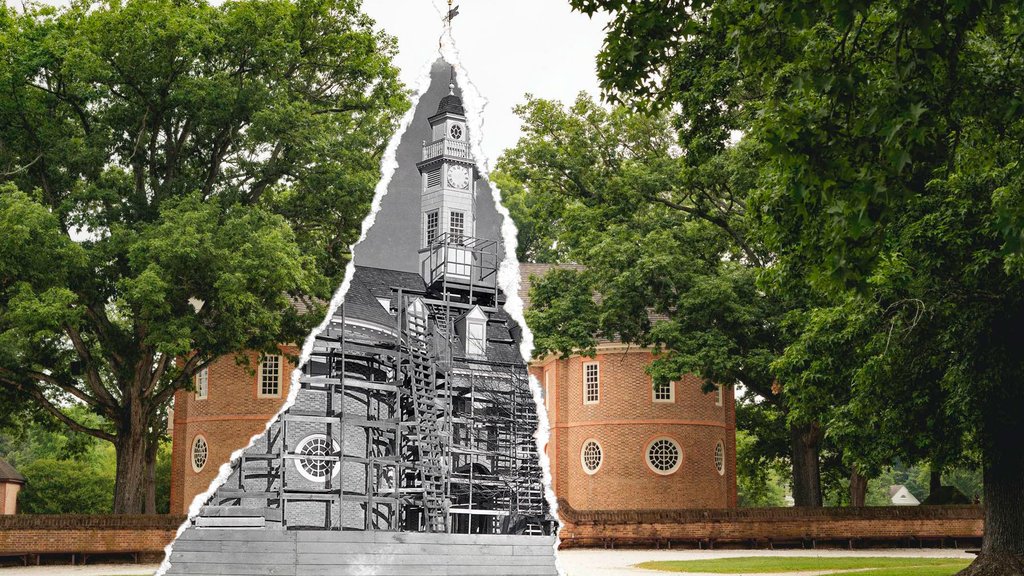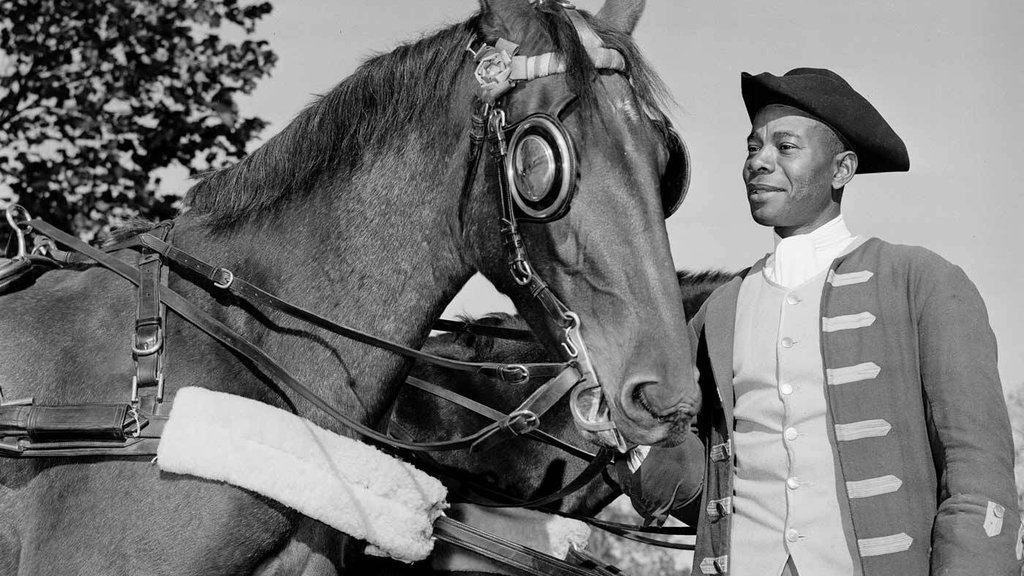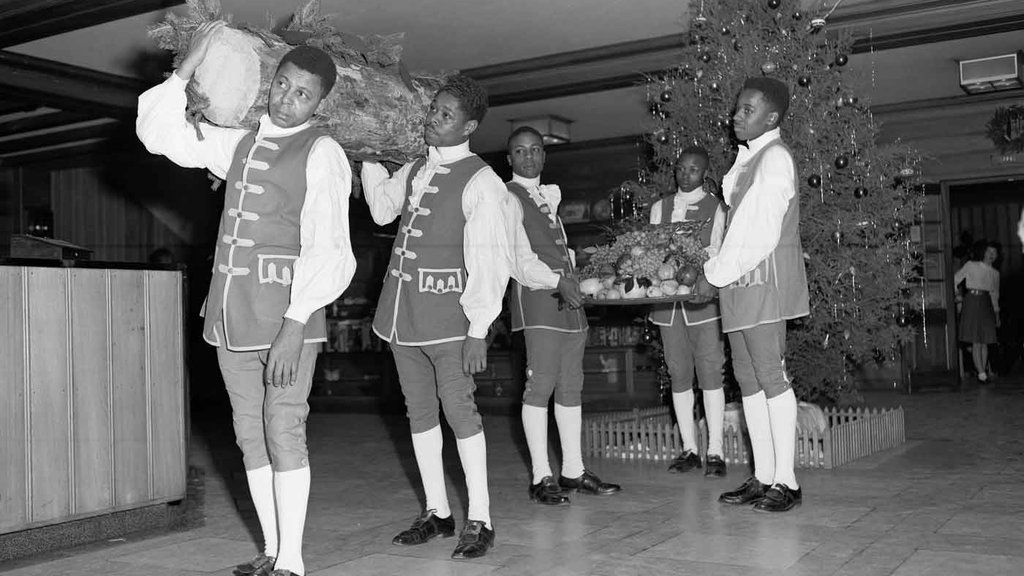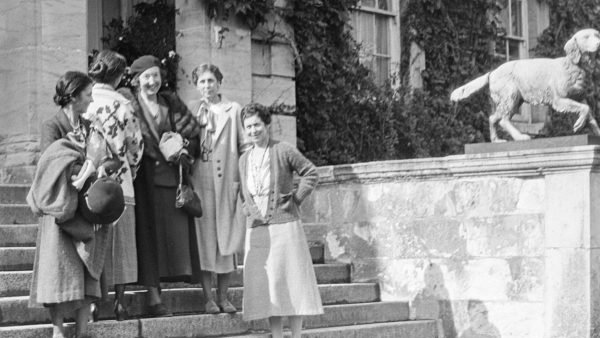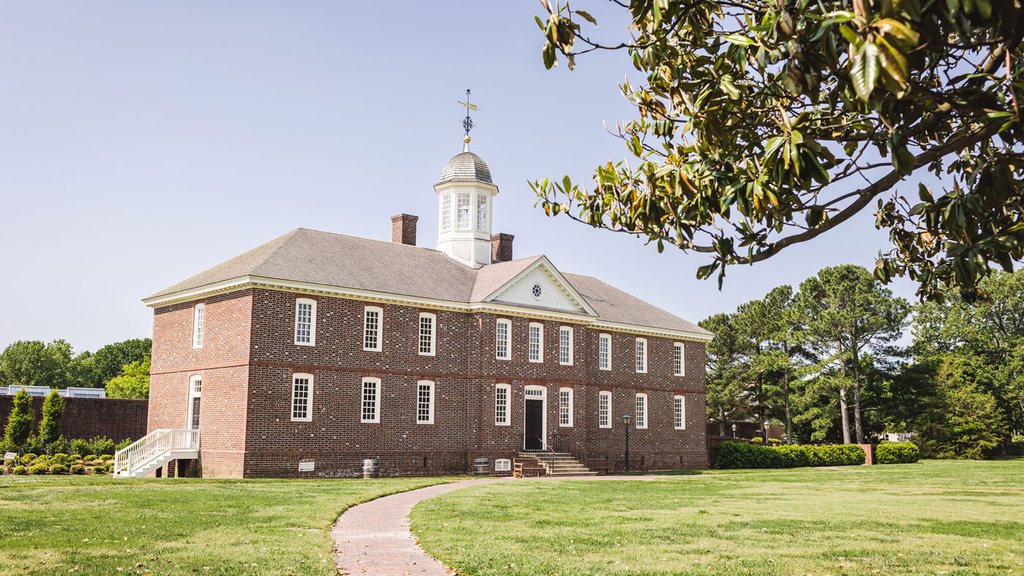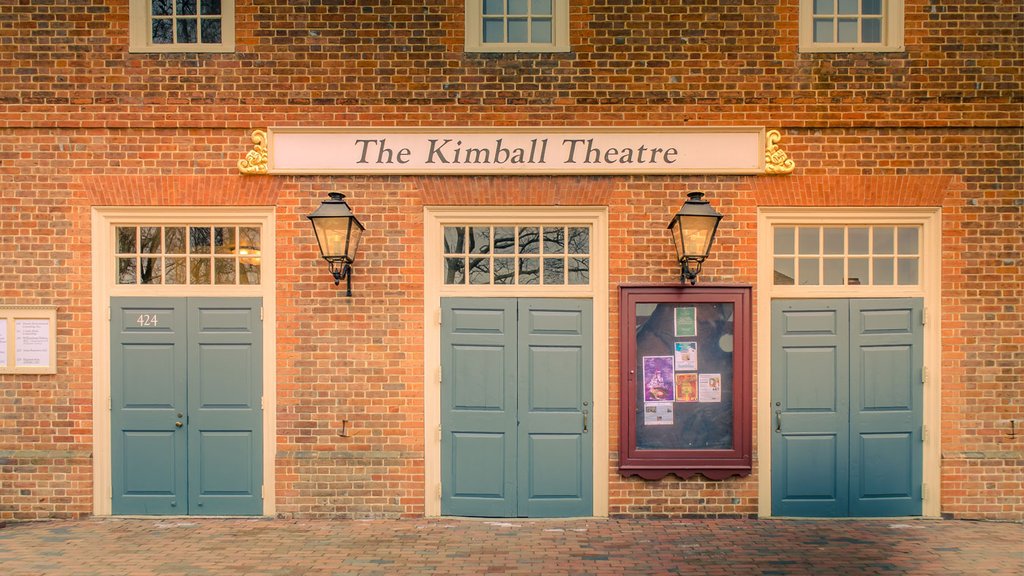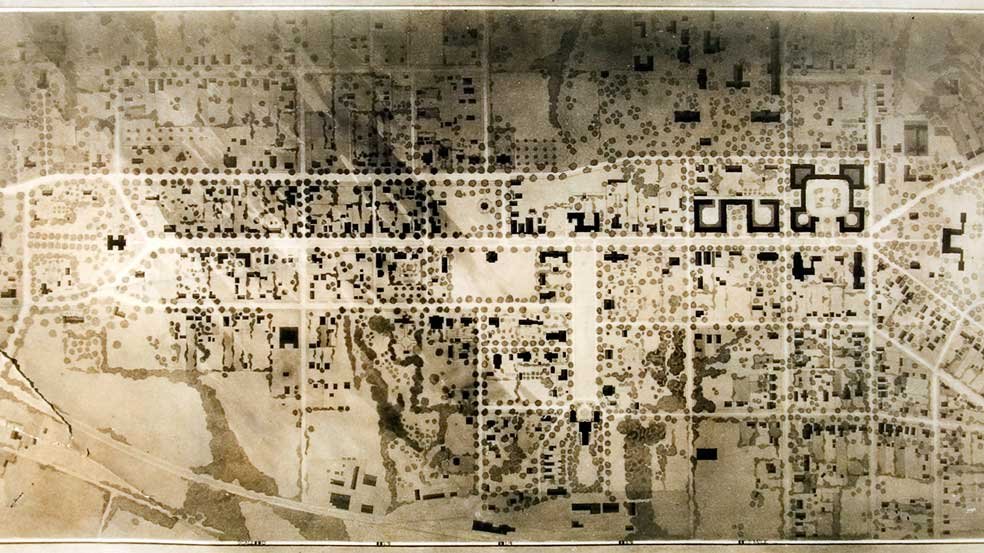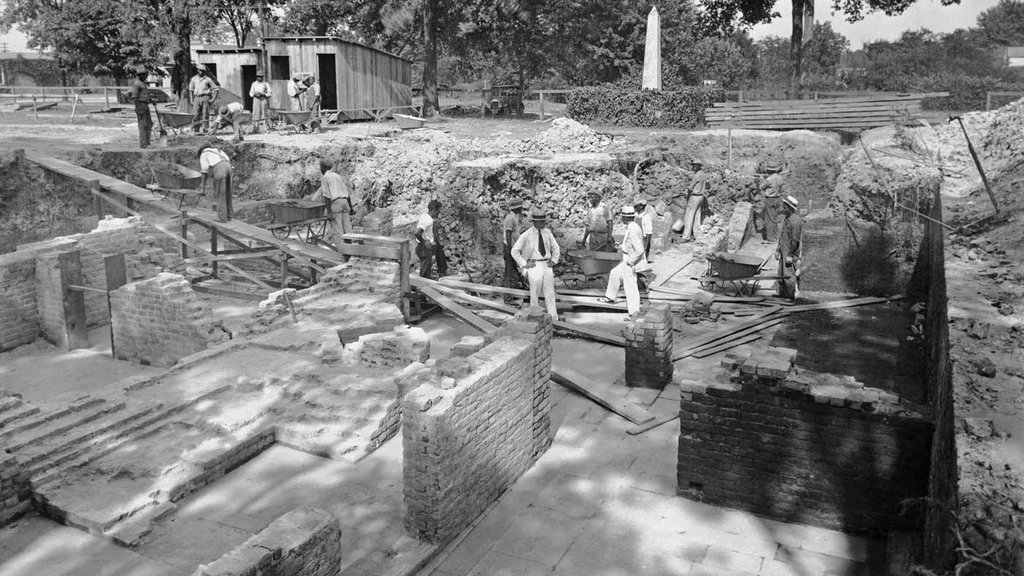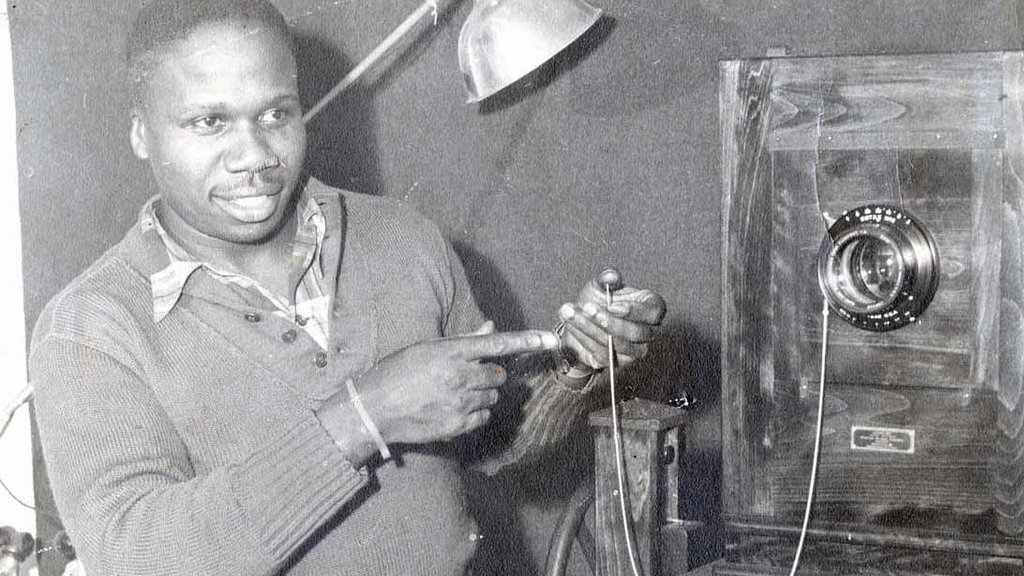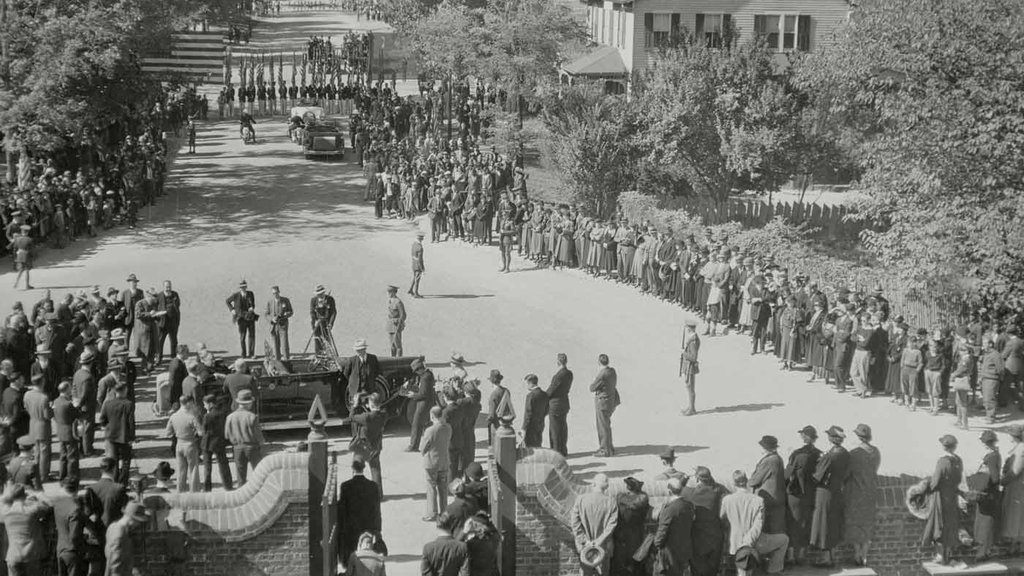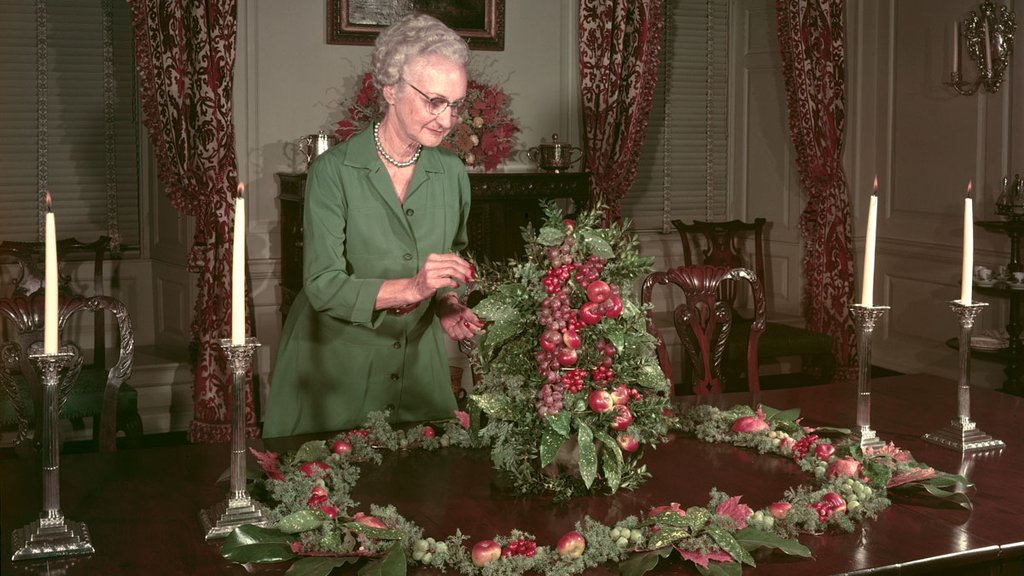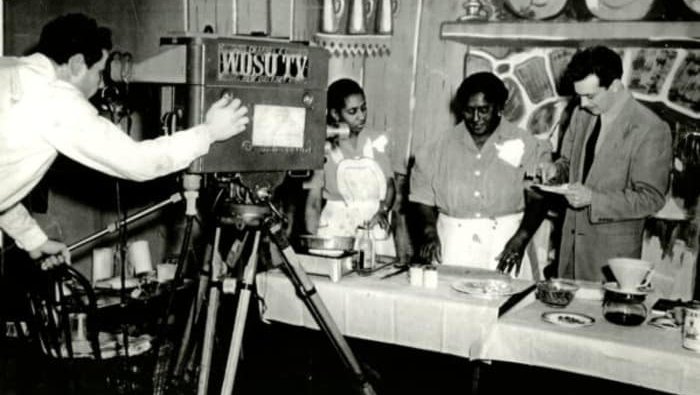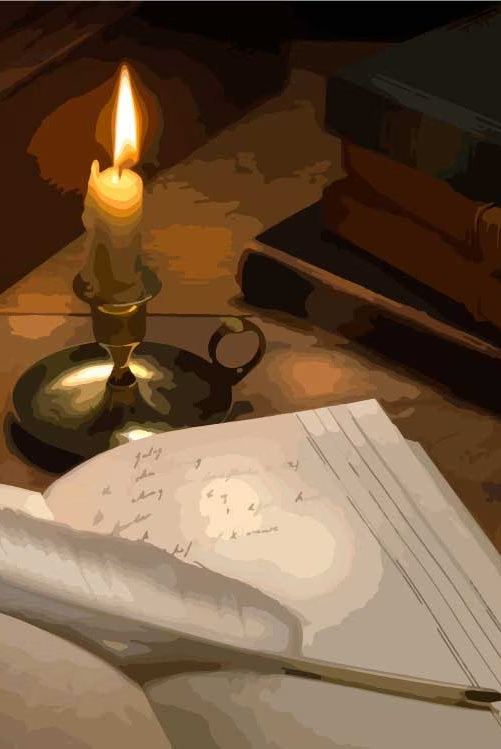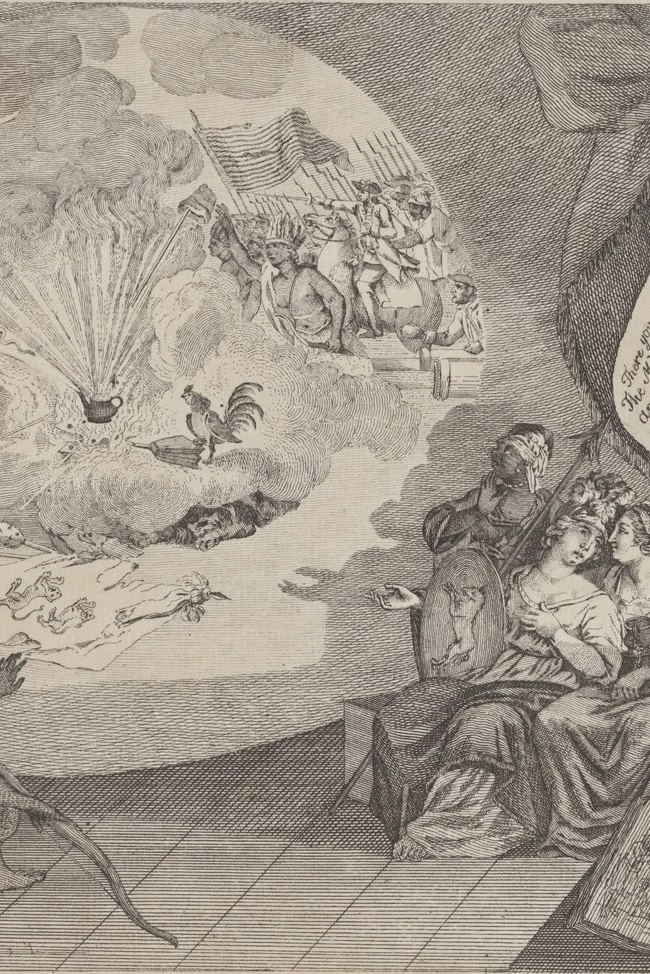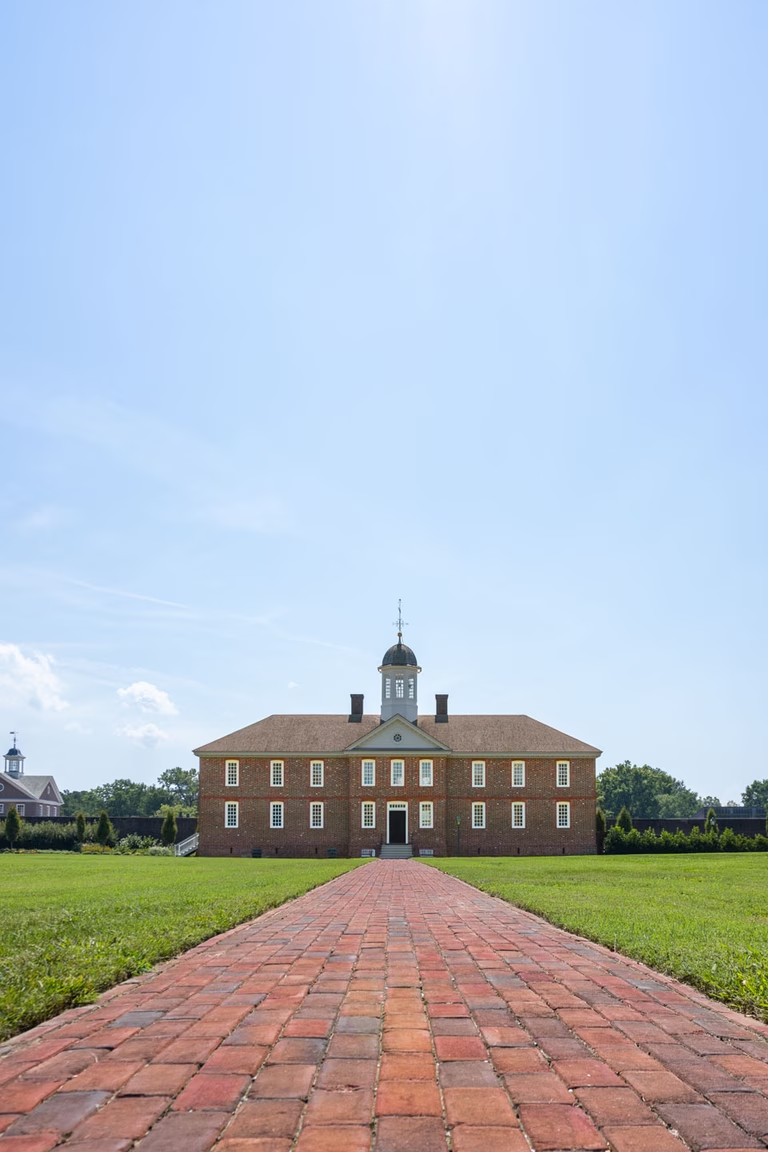Learn more about the reconstruction of Virginia's colonial Capitol.
The Restoration
How do you rebuild an eighteenth-century city? The audacious effort to restore Williamsburg, led by W. A. R. Goodwin and John D. Rockefeller Jr., began a century of research, discovery, and storytelling. Explore the stories of the men and women who have spent decades bringing eighteenth-century Williamsburg alive.
Explore the Restoration
The Spraggins sociable has been intentionally created to honor the legacy and life of Mr. Benjamin Lewis Spraggins, Sr., who was one of the most well-known coachmen at Colonial Williamsburg for 19 years.
The first Yule Log Ceremony was held at Colonial Williamsburg in December 1940, although it had been preceded for some years by one at William & Mary. In 1940, Colonial Williamsburg was looking for ways to involve the larger community in celebrations and to use historical Christmas traditions in the restored area.
While an all-male Advisory Committee of Architects periodically visited Williamsburg to critique the progress of architectural restoration work in the 1930s, a group of female counterparts also played a role in guiding the decision-making process, particularly regarding interior décor and furnishings.
The Public Hospital opened in Williamsburg in 1773 to care exclusively for mentally ill residents.
On January 12, 1933, the Williamsburg Theatre lifted its curtains to the public. It was an official Radio-Keith-Orpheum (RKO) along with two other theatres Rockefeller owned: Radio City Music Hall and The Roxy Theatre in New York City.
On November 21, 1927, a pivotal meeting was held between John D. Rockefeller Jr. and Dr. W.A.R. Goodwin at the Vanderbilt Hotel in New York City. It culminated months of preliminary planning and discussion, as well as surreptitious nighttime measuring and recording of details about Williamsburg’s historic structures. As a result of the meeting, Mr. Rockefeller sent a letter to Dr. Goodwin on November 29, 1927, and in excerpts dated November 30, 1927, in which he expressed a commitment “…to carry out this enterprise completely and entirely.”
Images in the Foundation’s collection reveal that between 1928 and the mid-1960s, the excavation of eighteenth-century Williamsburg fell primarily to Black men.
The photographic lens of Albert Durant offers a visual perspective on African American experiences in Williamsburg, Virginia from the late 1930s to the 1960s. Durant chose to focus upon the achievements that gave the community a sense of hope, purpose, and progress.
The photographers of Williamsburg’s restoration were an invisible yet critical part of the team. Photography played a crucial role in the initial decade of restoration of Virginia’s colonial capital.
Long an avid gardener, Louise Bang Fisher became involved with flower arranging for Colonial Williamsburg when she became a hostess at the Raleigh Tavern, the first exhibition building that opened in 1932. Fisher began providing flower arrangements for the Raleigh in an effort to provide a homier feel for visitors and she soon expanded her efforts to other exhibition buildings.
Lena Richard was a woman who began as a domestic cook and ended up a nationally known chef with a frozen foods line, a cookbook, a television show, and diners willing to cross the segregation line to eat at her establishments. She was a pioneer who achieved an astonishing amount and though she brought her culinary magic to Colonial Williamsburg for but a brief time, all Travis House diners departed dreaming of her Creole cooking.
